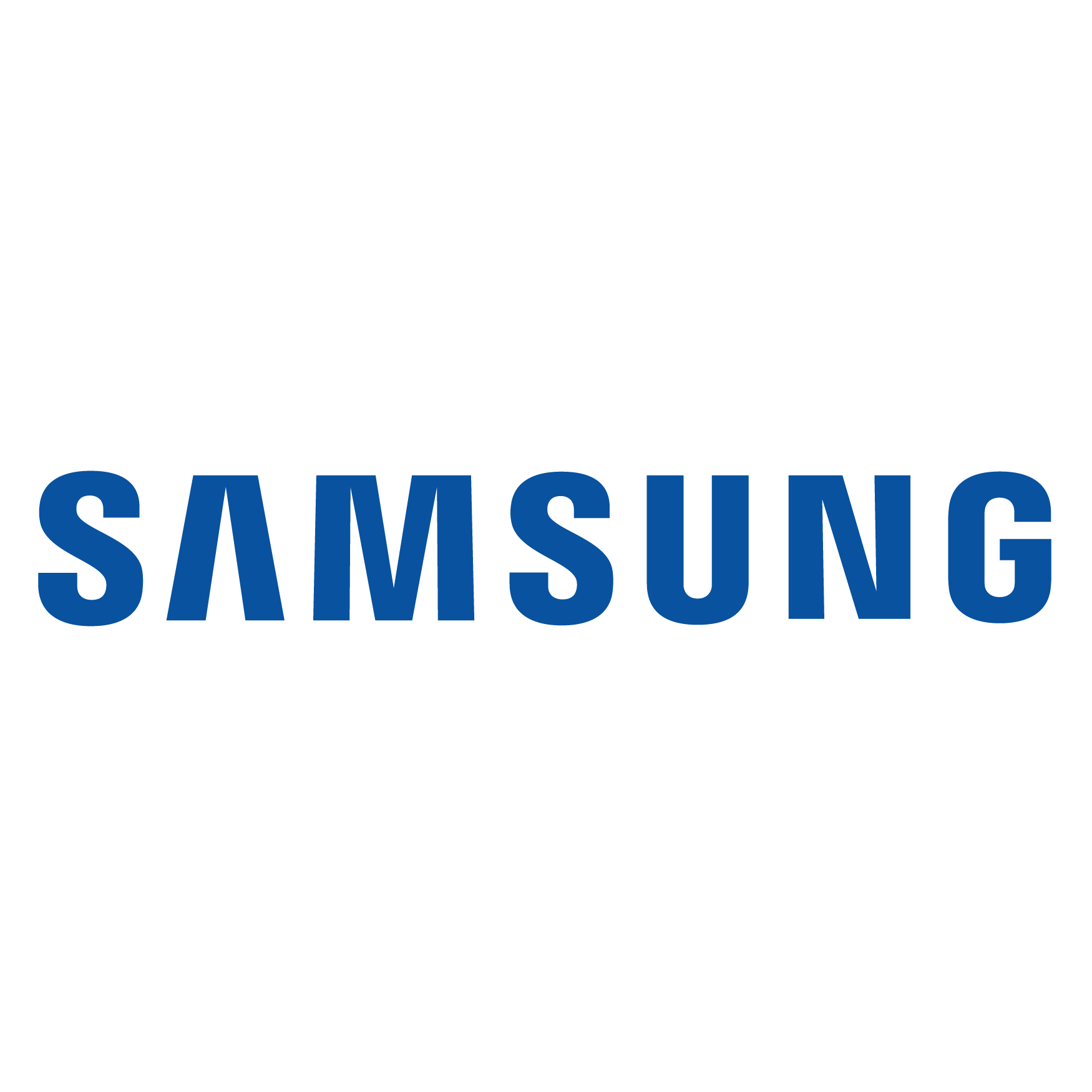s918u1 users on T-Mobile/Metro, RINAWireless, Copper Valley have it, a lot of others don’t, at the moment.
- 0 Posts
- 4 Comments

 1·1 year ago
1·1 year agonot necessarily though, if the signal level is 0 and the radio’s transmit power were to be doubled, the signal level would be 3.
each time the signal is doubled, the value increases by 3, each time the signal is halved, the value decreases by 3
the signal is significantly weaker after going through the air etc, so it is negative

 1·1 year ago
1·1 year agoIt’s worth noting that the RSSI counts all of the signal in the air at a certain channel and width - think of channel like wifi channel, and think of width like 20MHz/40MHz/80MHz/160MHz in wifi, but with LTE instead.
This means utilization (load) and useless signal (e.g. interference) are also counted.
The tower sends ‘test signals’ in a known sequence. The (type of) average strength of one ‘test signal’ is the RSRP.
So, the RSRP may correlate more with the distance from the tower.
e.g. let’s take RSRP:-44, at one point the highest value supported in measurement reports.
There are grids that are 0.180MHz wide that can vary in interference, utilization, etc. For example, the load and interference / RSRQ may be -14. That’s 14 to add to the RSSI. There could be more.
LTE can normally have up to 100 of these grids. That’s 100 more = 20dBm more, so there’s 20 to add to the RSSI, with the above load and interference on average.
(-44) + 14 + 20 ≈ -10
So, for the RSSI to be high,
- The distance from the tower should indeed not be excessive. The frequency and obstructions also affect the RSRP.
- The tower should have a high enough referenceSignalPower.
- The LTE should be 20MHz (actually 18MHz) wide.
- Sector antennas on towers focus signal in a specific pattern, so, the user equipment should be where the signal is focused at. Sector antennas are normally not aimed straight down so the RSRP might not be the highest while close to the tower. On the other hand, the device might receive more interference from other sector antennas on the tower.
- The down utilization should be 100%.
- etc
However,
- The maximum value of RSSI that can be displayed is likely device-specific.
- do not microwave the user equipment or yourself, and do not cause interference aside from what occurs from normal use.
Overall, the RSSI is weird. -70dBm is not necessarily good, it is ambiguous. Use SNR if available (it’s simple, higher is better) and RSRP.

The ‘global’ version sm-g998b allows bootloader unlocking unlike the versions intended for use in the US/Canada.
However, if unofficial content is detected with an unlocked bootloader, the Knox warranty bit trips, and Samsung Pay, Secure Folder, Samsung Health, Samsung Pass, MDM, and warranty are revoked even after returning to the fully official software.
For the best experience with cellular and
warranty, the phone should ideally be one that’s intended for use in your location.